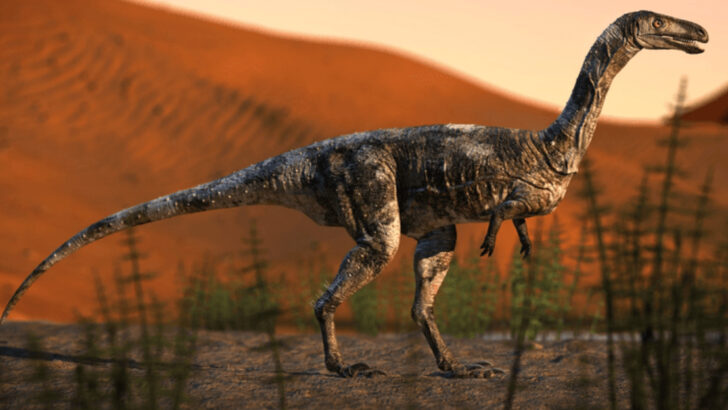Dinosaurs aren’t done surprising us — not by a long shot.
Just when we think we’ve got the ancient world figured out, a fossil pops out of the dirt and flips the whole story on its head. Feathered giants, bone-crushing beasts, and creatures with features so strange they could’ve walked straight out of a sci-fi film — this past decade has been a goldmine of prehistoric shockers.
These aren’t just old bones — they’re plot twists from deep time. Some had sails, others had spikes in places that make no sense. One even had arms so short, T. rex would blush.
Ready to meet the weirdest, wildest newcomers from the Age of Dinosaurs? These ten discoveries are rewriting history, one jaw-dropping skeleton at a time.
Sinosauropteryx
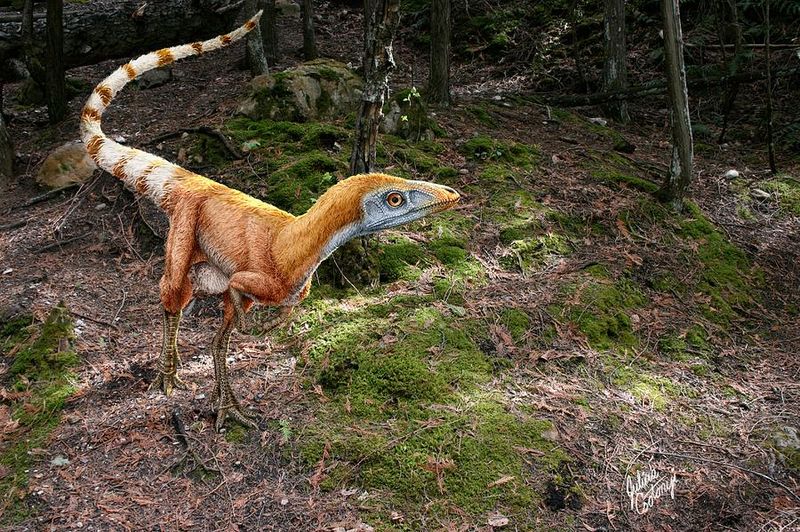
Meet Sinosauropteryx, a tiny dinosaur that has captured the hearts of many with its vibrant appearance. This little creature, discovered in China, was no larger than a turkey.
The defining feature? Its striking orange and white striped tail, reminiscent of a raccoon. This colorfulness provides insights into the behavior and habitat of this dino.
Scientists have used this information to better understand how dinosaurs used color for camouflage or mating. Did you know that Sinosauropteryx was one of the first dinosaurs to have its color patterns identified? It’s a perfect blend of beauty and science.
Dreadnoughtus

Imagine a creature so enormous that it would dwarf modern elephants. Dreadnoughtus, discovered in Argentina, is one of the largest land animals ever found.
With its incredibly long neck and mighty tail, it could reach treetops for food no other dinosaur dared to touch. This giant’s name, meaning ‘fears nothing,’ is truly apt. Its sheer size would have made it nearly invulnerable to predators.
The discovery of Dreadnoughtus has provided invaluable clues about the biology and environmental adaptations of colossal herbivorous dinosaurs.
Kulindadromeus
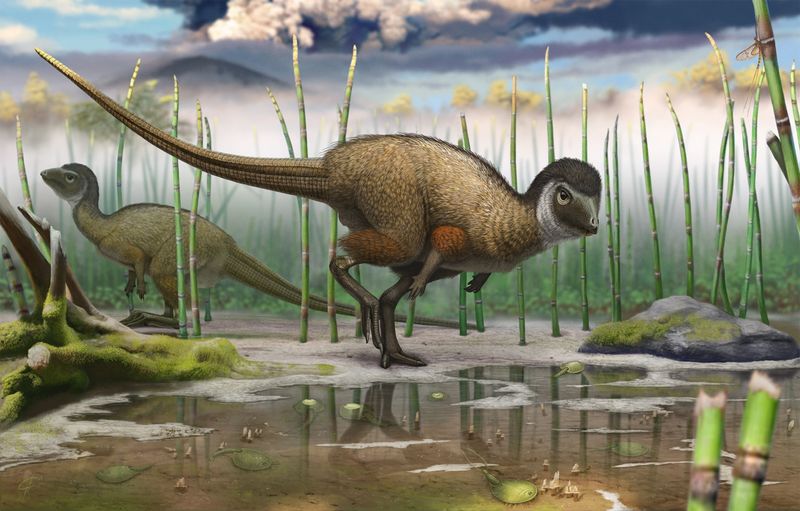
Kulindadromeus, with its delicate plume of feathers, offers a fascinating glimpse into the evolution of feathers in dinosaurs. Unearthed in Siberia, this dinosaur wasn’t just covered in scales but also sported peculiar feather-like structures.
These feathers were not meant for flight but possibly for insulation or display. This discovery has challenged previous notions, suggesting that feathers were more widespread among dinosaurs than previously thought.
Kulindadromeus bridges the gap between dinosaurs and birds, reshaping our understanding of these prehistoric creatures.
Anzu Wyliei
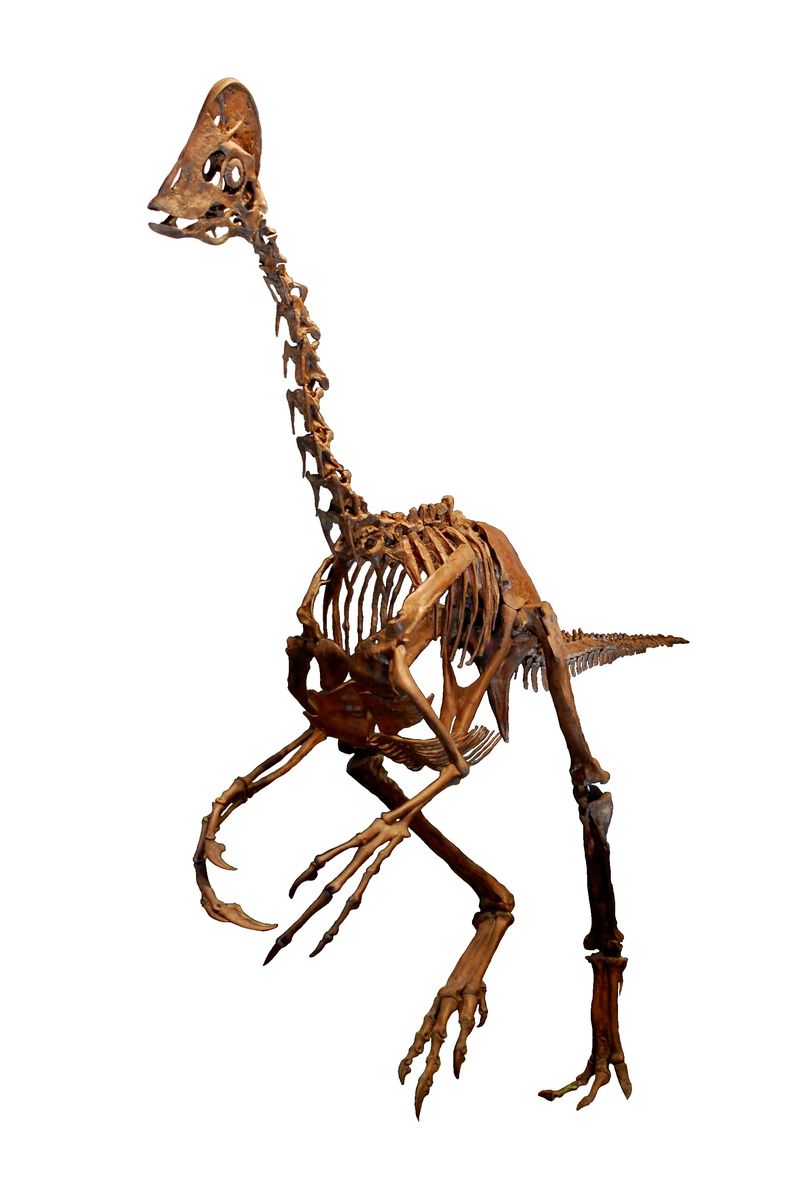
Known fondly as the ‘chicken from hell,’ Anzu Wyliei is a sight to behold. With a beak, claws, and a crest atop its head, it resembles a strange blend of bird and dinosaur.
Found in North America, this fascinating creature is about the size of a modern ostrich. Anzu’s peculiar appearance has sparked interest in its behavior and ecology, offering clues about the environment it inhabited.
Its discovery has added a new layer to our understanding of feathered dinosaurs, showing the diversity and adaptation among these incredible creatures.
Australovenator
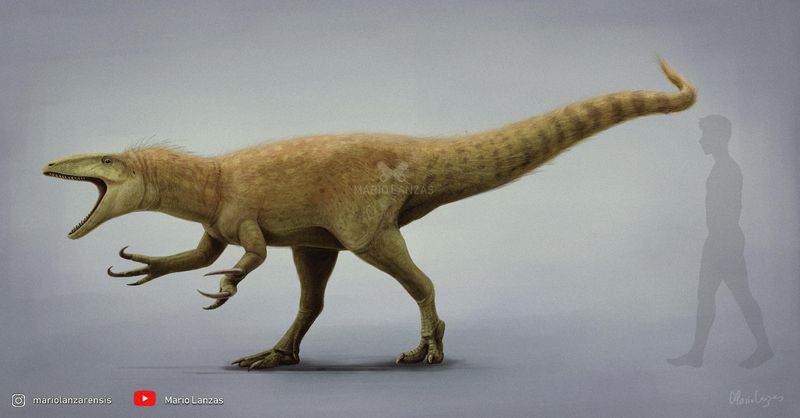
Imagine a dinosaur that was the prehistoric equivalent of a cheetah. Australovenator, a swift predator discovered in Australia, showcases nature’s design for speed and agility.
This nimble theropod had long legs and sharp claws that made it a formidable hunter. Australovenator’s discovery has provided insights into the predatory behaviors of dinosaurs in the southern hemisphere.
Its sleek build and agility make it one of the top predators of its time. The tale of Australovenator is a testament to the diverse and unique dinosaur fauna that once roamed Australia.
Yi Qi
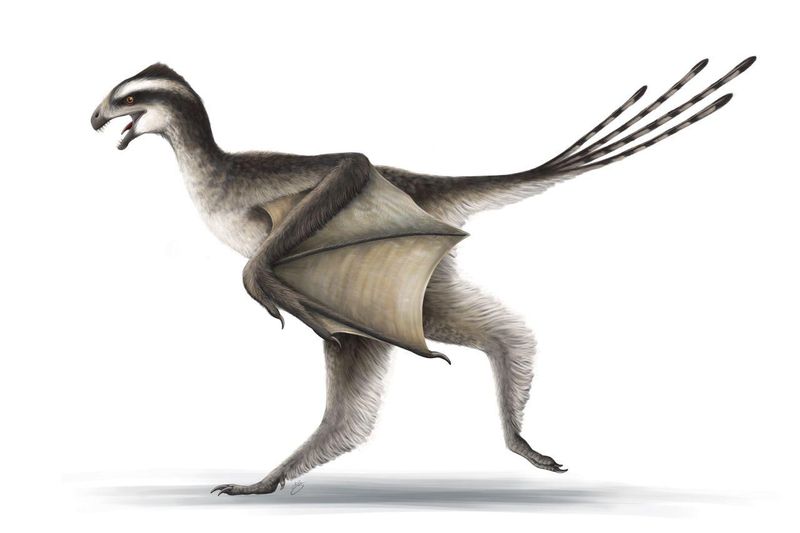
In the shadowy prehistoric skies, Yi Qi, an unusual dinosaur with bat-like wings, made its home. Discovered in China, this small dinosaur had a unique wing structure unlike any other.
Instead of feathers, it had a membranous wing supported by a long bone, more akin to bats or flying squirrels. This curious adaptation has led scientists to rethink the diversity of flight in prehistoric times.
Yi Qi’s bizarre anatomy and capability for flight provide a unique window into evolutionary experimentation during the age of dinosaurs.
Tyrannotitan
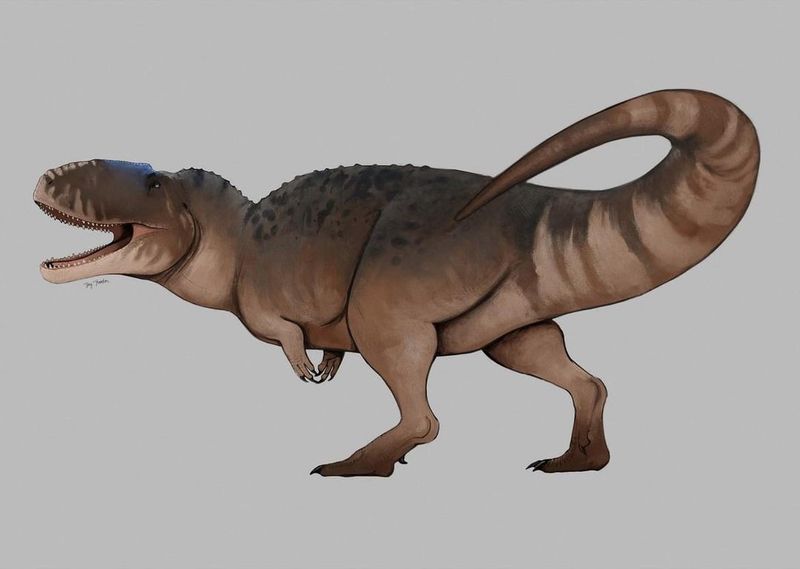
Tyrannotitan, as its name suggests, was a giant of its time. Found in Argentina, this massive carnivore was one of the top predators, rivaling even the famous T. rex. With an intimidating size and powerful jaws, Tyrannotitan was built for dominance.
Its discovery has helped paleontologists understand the diversification of large theropods in South America. The sheer presence of Tyrannotitan paints a vivid picture of the fierce predators that once ruled the land, leaving a legacy etched into the bones of history.
Eotrachodon
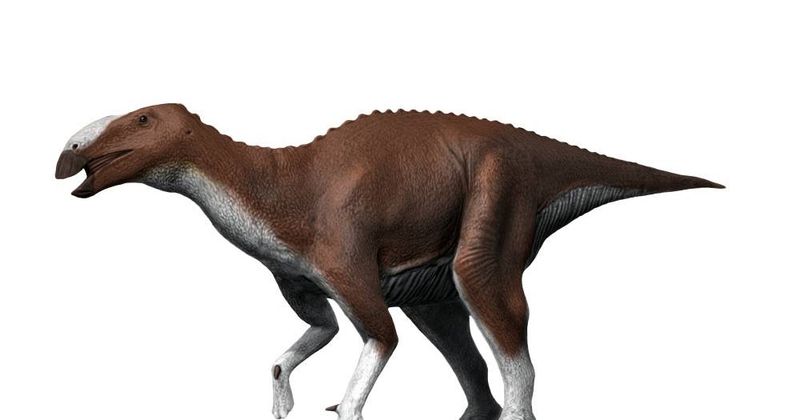
Eotrachodon, with its distinctive duck-bill and elegant crests, is a picture of prehistoric grace. Found in what is now Alabama, this dinosaur roamed the lush, ancient landscapes, feeding on abundant vegetation.
Its unique skull features have provided insight into the evolutionary paths of hadrosaurids (duck-billed dinosaurs). The discovery of Eotrachodon has filled in crucial gaps in the history of these fascinating creatures, illustrating the beauty and complexity of evolution.
Meraxes Gigas

Meraxes Gigas, named after a dragon in the ‘Game of Thrones’ series, was a colossal predator in the Late Cretaceous. Discovered in Argentina, it boasted a stunning skull crest and a robust physique.
This dinosaur was an apex predator, hunting large herbivorous dinosaurs. The discovery of Meraxes Gigas has expanded our understanding of the diversity among giant theropods.
Its awe-inspiring presence and formidable hunting prowess make it a standout among recent dinosaur discoveries.
Vespersaurus
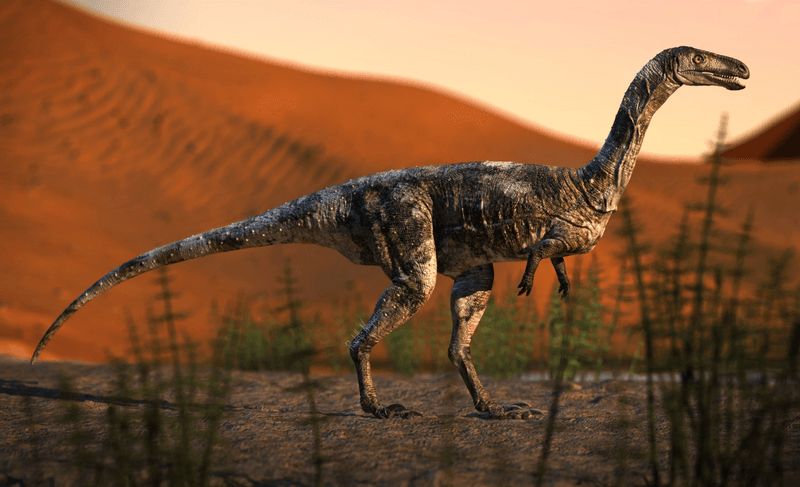
In the vast, sandy landscapes of prehistoric Brazil, Vespersaurus, a small and nimble dinosaur, once thrived. Known for its pointed snout and long legs, it was a swift runner, adept at navigating its arid environment.
Vespersaurus offers a glimpse into the adaptations necessary for survival in harsh climates. The discovery of this dinosaur has shed light on the diversity of theropods in South America, emphasizing the varied ecological niches they occupied.

